Continuity & Change D4.1 —4.3 : Ecology & Environment
1/135
Earn XP
Description and Tags
Name | Mastery | Learn | Test | Matching | Spaced |
|---|
No study sessions yet.
136 Terms
Evolution
Change in the heritable characteristics of a population.
Lamarckism
Acquired traits can be passed along (falsified)
Evidence of Evolution
unity & diversity
New sequences arise, some become more common
Some genes are common to several species
Genes in closely relating species are more similar
Artificial Selection / Selective breeding
Domestication of plants & animals
Control reproduction, control traits in offspring
More desirable traits become more common

Homologous structure
Homo = same
Evidence for evolution:
Same structure, same evolutionary origin
Ex: structural similarities in pentadactyl limb, but different functions
Divergent Evolution
One origin that results in the same structures with different functions
Convergent evolution
More than one origin that results in structures that perform a similar function (same selective pressures), different common ancestors
Ex: bee vs. bird wings
Speciation
Formation of a new species, can produce fertile offspring:
reproductive isolation
Evolve differently
Cannot interbreed
Reproductive isolation
Geographical isolation: physical barriers, different environments
Other factors
Allopatric isolation
Geographic isolation, physical barriers —> separation of species
Speciation in different environments
Sympatric isolation
Temporal isolation —> breeding in different seasons
Behavioral isolation —> mating rituals, attract different mates
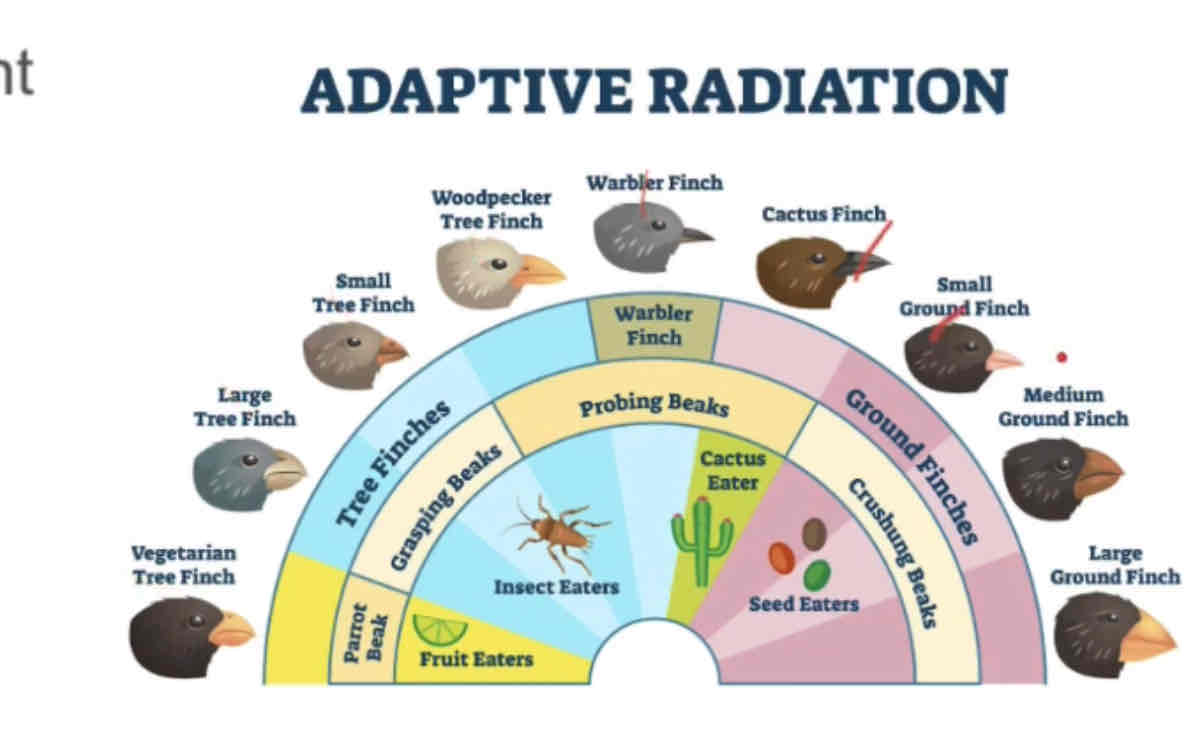
Adaptive radiation
Common ancestor diverges into several different species due to different variations exploiting different ecological niches
Minimizes competition
Ex: Darwin’s finches, variations in beak to adapt to different food sources on the different golopocose islands
Interspecific hybridisation
Breeding between two different species
Sterile offspring (unequal chromosome numbers)
Common with domesticated plants/animals to produce new varieties, Not common in nature because offspring can not reproduce on their own
Reason why courtship behaviors are important to maintain biodiversity —> if not, species would merge back together
Abrupt speciation
Polyploid: more than two sets of homologous chromosomes
Results from error in cell division
Similar features, but cannot reproduce with diploid organisms
Diversity
Ecosystem: Varied environments and species
Species: different species
Genetic: gene pool within species vary
Biodiversity
Mass extinctions and increasing biodiversity —> increasing biodiversity has to end at some point
Anthropogenic
Caused by humans
Overharvesting
Habitat destruction
Invasive species
Pollution
Global climate change
Ecosystem
Biotic and abiotic factors in a given area
Interdependency
Ecosystem loss:
Lange use change for agriculture
Urbanisation
Mining
Dams
Exploitation of resources
Biodiversity crisis
Unprecedented loss of ecosystems, species and genetic diversity
Evidence put together by an intergovernmental (several countries involved) science policy platform on ecosystem services
Evidence:
Population sizes
Ranges
Area
Species diversity in an ecosystem
Richness and evenness
Number of threatened species
Genetic diversity within a species
Simpson’s Diversity Index
D: diversity index
N: total number of organisms of all species
n: number of individuals in a particular species
Highest index when you have high:
Richness (lots of different species)
Evenness (not dominated by one/few species)
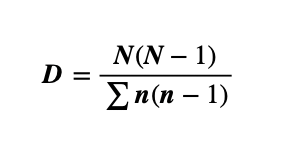
Causes of biodiversity crisis
Previous mass extinctions, anthropogenic
Dramatic increase in biodiversity crisis
Conservation of biodiversity
In situ: conservation in the natural habitat (protected areas)
No disruption to behavior or evolution
Cost effective
Active management (invasive species, predators, feeding)
Ex situ: outside the natural habitat (zoos)
Captive breeding and release
Preservation of endangered species
Preservation of eggs/sperm/seeds
Multiple approaches>single approach
EDGE Conservation
Prioritize conservation efforts based on:
EDGE of existence
Evolutionary
Distinct
Globally
Endangered
Uniqueness (as opposed to having close relatives)
Likelihood of extinction (threat to all populations)
Habitat
Physical conditions or place in which an organism, species or population lives
Abiotic
Non-living components of an ecosystem
Ex: water, sunlight, temperature
More influence in extreme environments
Abiotic Adaptation ex: Adaptations of grasses to sand dunes
Challenges of habitat: low water availability, high salt concentration, sand
Adaptations:
Waxy cuticle —> reduce transpiration
Stomata in pits —> retains moisture in the air
Rolled leaves —> reduce wind exposure
Rhizomes —> can extend upward if covered by sand
Fructans in roots —> increases osmosis in root tissue
Limiting Factors
Range of tolerance: range of a certain factor that an organism can survive in
Animal distribution:
Water availability
Temperature
Different for different life stages
Plant distribution:
Water
Temperature
Light
Soil conditions (pH, mineral content, salinity)
Transect
Line that spawns several different levels of specific variable
Ex: Mountain —> different altitudes determine where species are able to live
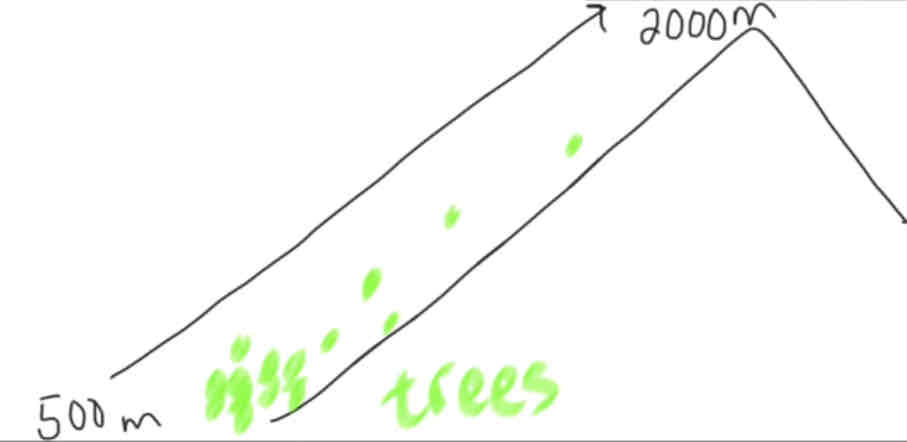
Coral Reefs
Coral reefs are ecosystems (many populations + abiotic factors)
Include hard coral and mutualistic algae
Mutualistic relationship requires the algae to photosynthesize
Required conditions:
Shallow depth
Clarity
Alkaline pH
Certain salinity
Terrestiral
On land
Biome
Collection of similar ecosystems in different geographical areas
Main factors:
Temperature
precipitation
Plants and animas in similar biomes have similar adaptations, even though they may not be separated geographically
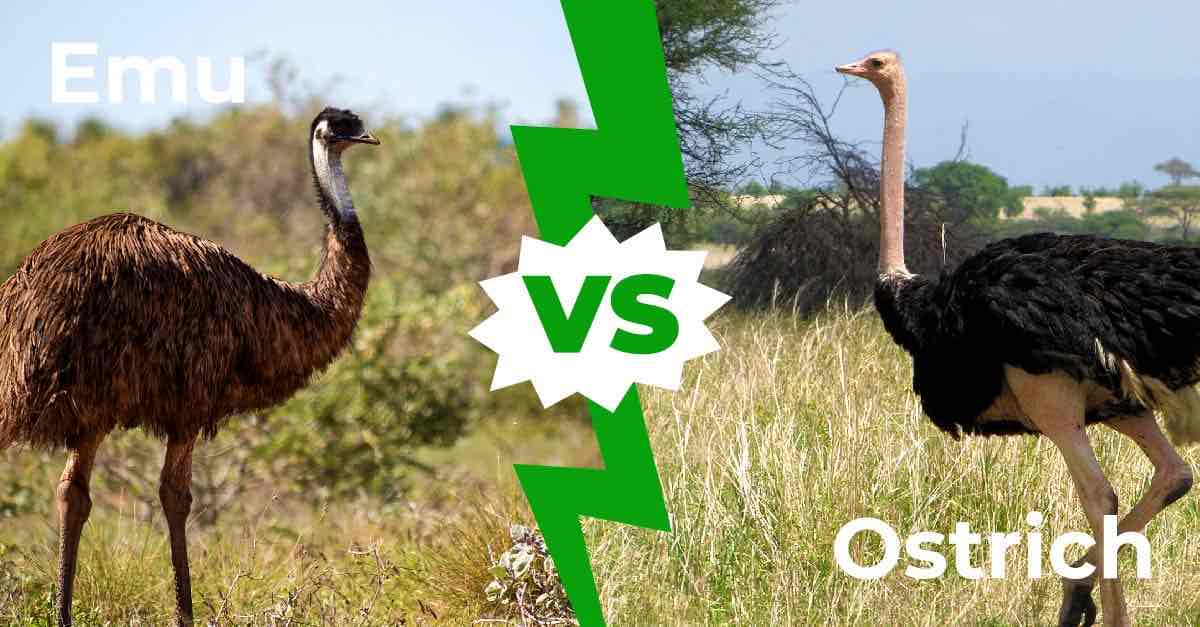
Convergent evolution
Species that face similar challenges tend to evolve and have similar features (not common ancestry)
Ex: emu and ostrich
Adaptations of Plants ex: Meranti tree
Tropical Rainforest
Grows very tall to outcompete others trees for light
Dense trunk provides support for tall growth
Enzymes for photosynthesis have high temperature tolerance
Broad leaves to disperse rainfall
Leaves that stay on all year (evergreen) to utilize light/photosynthesis
Adaptations of animals ex: Spider monkey
Tropical Rainforest
Long limbs for climbing and swinging through trees
Active during the day when it can see best (find food)
Tail that acts as a fifth limb (for grasping)
Ecological Niche
The role a species plays in its ecosystem
Role depends on:
How it obtains food (specialization reduces competition)
Zones of tolerance (range determines habitat)
How it interacts with other species in the ecosystem
Obligate aerobes
Require oxygen
All animals and plants
Micrococcus luteus (skin bacteria)
Obligate anaerobes
Can only live in anoxic environments
Bacteria that causes tetanus
Methanogenic archaea
Facultative anaerobes
Can live in oxic or anoxic environments
E. Coli, yeast
Obligate
No choice
Facultative
Choice
Aerobic
Oxygen
Anaerobic
No oxygen
Photosynthesis
Conversion of solar energy into chemical energy
Groups:
Plants
Algae
Some bacteria
Autotrophs, primary producers
Heterotrophs
Must get source of energy from consuming something else
Holozoic nutrition
Whole pieces of food are eaten and digested internally
Ingestion, digestion, absorption, assimilation, egestion
Mixotrophic
Can gather nutrients/energy in both autotrophic and heterotrophic ways
Obligate mixotroph
Must use both hetero and autotrophic methods
Faculative mixotrophs
Can use one method or the other depending on what is available in the environment
Ex: Euglena
Saprotrophs
Decomposers that digest matter externally
Ex: some fungi and bacteria
Detritivores
Decomposers that digest matter externally
Archaea: 3 ways to get energy (ATP)
Heterotrophic (from other organisms)
Phototrophic (absorbing light energy)
Chemotropic (oxidizing inorganic chemicals)
Denition
Relating to teeth —> relationship between teeth and diet of omnivores and herbivores
Helps to figure out diet of extinct species
Homindae
Family that includes humans, orangutans, chimps, and gorillas
Herbivore
Plant eaters = large flat teeth for grinding
Omnivores
Plant and animal eaters = mixture of teeth including flat grinders and sharp ones for tearing meat
Ex: Herbivorous insects
Insects that eat plants
Mechanisms:
Tube-shaped mouthpart that sucks sap out of plant phloem
Jawlike mouthparts for biting/chewing leaves
Plant adaptations against herbivores
Spines/spikes
Stinging parts
Toxins
Some herbivores have special adaptations for overcoming theses
Ex: aphids produce saliva that act as a barrier and protects from plant toxin
Predator adaptations
Special adaptations for capturing prey
Chemical: venom (cobra)
Physical: teeth/claws (lion)
Behavioral: ambush (moray eel)
Prey adaptations against predators
Special adaptation for avoiding predators
Chemical: toxic (monarch butterfly)
Physical: camouflage (stick bug)
Behavioral: schooling (snapper fish)
Adaptations of plant form for harvesting light
Grow tall so the light is not blocked by other plants
Lianas (vines) grow through other trees and use as support
Epiphytes (air plants) grow on tree trunks where there is more light
Strangler epiphytes climb up trunks, eventually outcompeting the tree for light
Shade-tolerant shrubs grow on forest floor where low levels of light are within their range of tolerance
Fundamental niche
The range of tolerance of all of the abiotic factors for a species
Realized niche
The actual niche that a species occupies because part of its range of tolerance is occupied by competitors
Competitive exclusion
One species will outcompete the other if their fundamental niches overlap
Leads to exclusion in parts of the range of tolerance
If a species is outcompeted in all parts of its fundamental niche, it will be excluded from the entire ecosystem —> each organism must have a realized niche to exist in an ecosystem
Ex: climate change
Green house effect
How much heat is captured within the earths atmosphere and heat emitted back into space
Normal vs. enhanced (climate change)
Positive feedback cycles in global warming: Snow / ice
Less snow/ice —> decrease sunlight reflections —> increase radiation absorption —> increase ice melting
Positive feedback cycles in global warming: Heat
More heat —> increase permafrost melting —> increase decay —> increase methane —> increase heat
Positive feedback cycles in global warming: Warm oceans
Warmer oceans —> decrease dissolved CO2 —> increase CO2 in atmosphere —> increase heat —> increase warmth in oceans
Positive feedback cycles in global warming: warm temperatures
Warmer temperatures —> increase drought —> increase fires —> increase carbon release — increase warmth
Carbon sink
Removing carbon dioxide from atmosphere and storing in biome mass
Carbon source
Results of drought, heat and fires in carbon sinks
Ex: burning trees will release a mass of carbon dioxide back into the atmosphere
Net increase of atmospheric carbon
Land-fast ice and sea ice as polar habitat change
Emperor penguins
Breeding grounds
Distance from sea, not far
Early ice breaks can kill chicks
Walruses
Use ice for resting
Energy expenditure finding ice
Changes in ocean currents
Nutrient upwelling = cool water full of nutrients pushes up against land masses and is pushed toward the surface
Stratification = stabilizes the water in the ocean (stable layers does not encourage mixing)
Warmer surface water decreases ocean currents —> less upwelling of nutrients and altered timing
Effects animals that breed based on the cycle of the currents
Decreases:
Nutrient cycle
Primary production
Energy flow
Poleward and upslope range shifts of temperate species
Species that inhabit mountains
As climate change progresses, the upslope environment gets warmer and become suitable for downslope environment organisms —> leads to competitions
Ex: crested satinbird
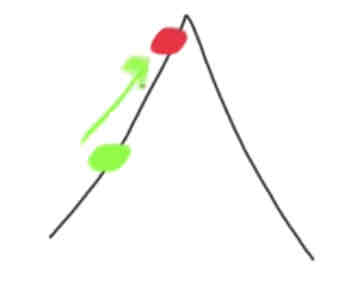
Threats to coral reefs
Positive feedback loop = CO2 absorption in water leads to acidification —> decrease in pH —> makes it more difficult for corals to absorb carbon from the water
Calcium carbonate shells of marine organism dissolve
Algae and coral have an interdependent relationship
Coral bleaching = Warm water causes the coral to get rid of (expel) mutualistic algae —> ecosystem collapse
Forest regeneration (reforesting)
Planting trees that have been cut-down
Usually using fast growing species of trees that do not occur naturally
Monoculture
Little/no diversity
Positively affects carbon sequestration in afforestation and forest regeneration but may have negative impacts on other factors that affect ecosystem stability
Peat
Partially decomposed organic matter trapped under acidic, waterlogged soil
Essential for anoxic environments
Can happen quickly in tropical environments
Events affected by temperature
Plants:
Bud bursts (new leaves)
Events affected by photoperiodism
Plants:
Bud set (growth stoppage)
Flowering (short day vs. long day plants)
Animals:
Bird migration
Synchronization of biological events
Very important
Ex: migration and food availability
Photoperiods do not change, temperatures are changing
Interacting species need to synchronize their timing —> one species might be cued by photoperiod (migration) and another by temperature (budding)
Disruption to temperature might throw off timing of events necessary for successful interactions

Disruption to synchrony of events by climate change ex: Caribou & Arctic mouse ear
Caribou eat Arctic mouse ear
Caribou time their spring migration to match peak development of Arctic mouse ear
Mismatch between migration and timing of plant development = not enough food supply
Disruption to synchrony of events by climate change ex: Great tit bird & caterpillars
Great tits eat catepillars
Lots of food supply needed for breeding season —> caterpillar populations peak earlier and starts to decline before tit breeding season —> fewer surviving chicks because no food
Effects of climate change to plants
Invasive species: Warmer temperatures —> increase in pests
Drought and warm temperature: stresses trees and weakens tree
Ex: spruce bark beetle
Together, trees are susceptible to invasive beetles because the tree is weakened with heated stress
Natural selection
Overpopulation and competition
Variation
Survival of the fittest
Increase in trait frequency
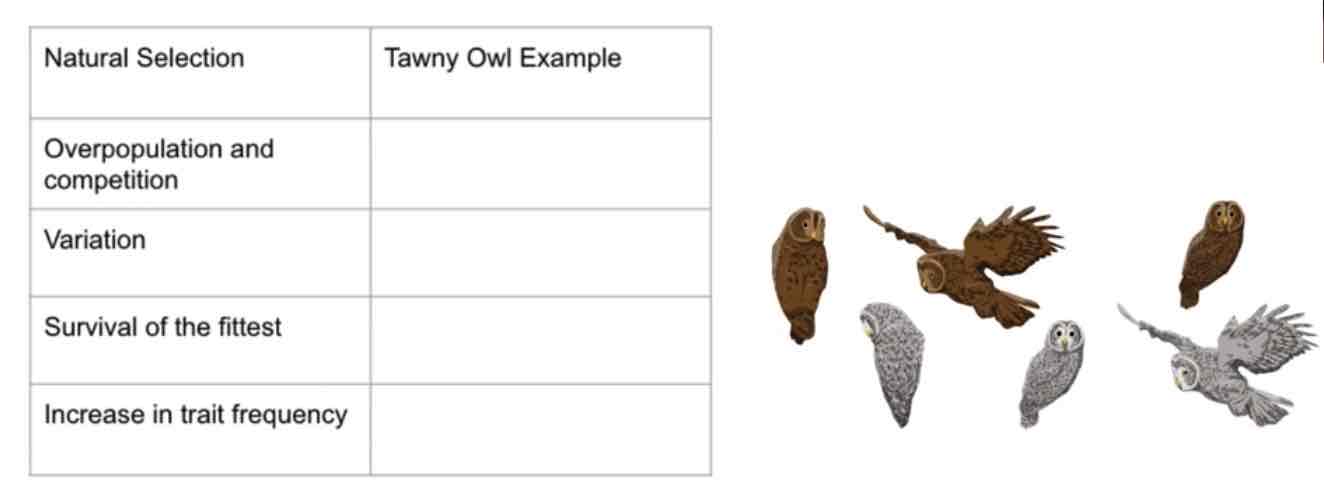
Evolution as a consequence of climate change ex: Tawny owl
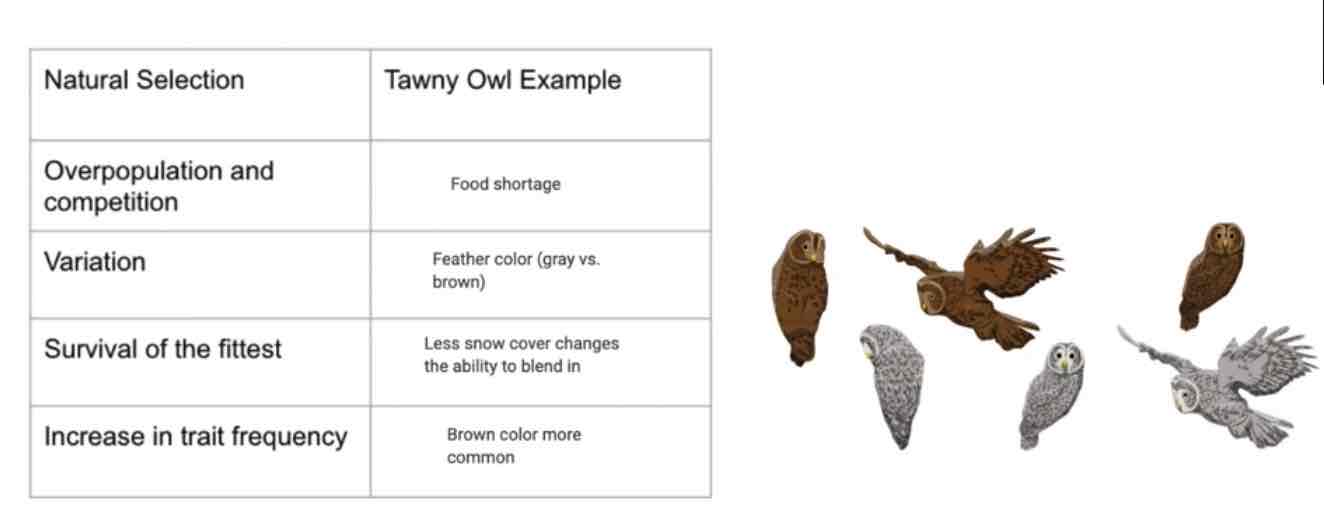
Gene pool
All of the different genes and alleles in a population
Large = lots of diversity
Small = little diversity
Genetic equilibrium
All individuals in a population have an equal chance of contributing to the gene pool (surviving, reproducing, passing along genes)
Natural selection disrupts equilibrium because it gives individuals an advantage making it more likely for them to contribute to the gene pool
Allele frequencies of geographically isolated populations
Different alleles in different frequencies in different locations
Ex: alcohol dehydrogenase alleles & sickle cell alleles
Allele frequencies of geographically isolated populations Ex: sickle cell alleles
High concentration of sickle cell alleles in geographically isolated areas such as Africa
Natural selection pressures = Individuals with sickle cell alleles given an advantage against diseases like malaria because the virus can not attach itself to sickle cells
Neo-Darwinism
Integration of understanding of natural selection and genetics
Evolution
A cumulative change in the heritable characteristics of a population over time
Allele frequency
The proportion of an allele in a gene pool
Evolution & Alleles
A change in allele frequencies in a gene pool
Stabilizing natural selections
Average phenotypes have an advantage over extreme phenotypes

Disruptive natural selection
Extreme phenotypes have an advantage over phenotypes
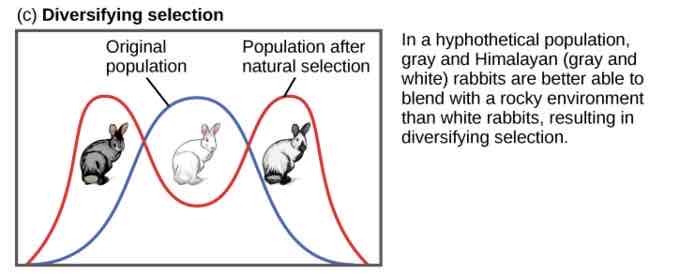
Directional natural selection
extreme change in phenotype in one direction away from the average (mean) due to environmental changes

Hardy—Weinberg equation to calculate allele / genotype frequencies
Equation used to predict allele frequencies and/or genotype frequencies
p²+ 2pq + q² = 1
p²: frequency of the homozygous dominant genotype
2pq: frequency of the heterozygous genotype
q²: frequency of the homozygous recessive genotype
p + q = 1
p: frequency of the dominant allele
q: frequency of the recessive allele
Assumptions of Hardy—Weinberg equation
Conditions:
No mutations (no new alleles)
Random mating
No immigration/emigration
Large population
No natural selection
If reality (real life data) is different that predicted values means one of the conditions is not being met —> evolution is happening
Artificial selection by choice of traits
Humans control reproduction in order to get desirable traits (domestication of plants and animals)
Selection results in change of allele frequencies —> selection causes evolution
Stability
Constant energy supply
Nutrient cycling
Genetic variation within a species (survive selective presures)
Stable climate